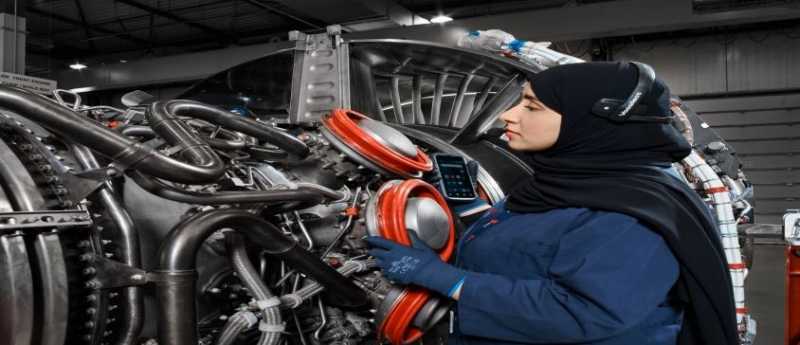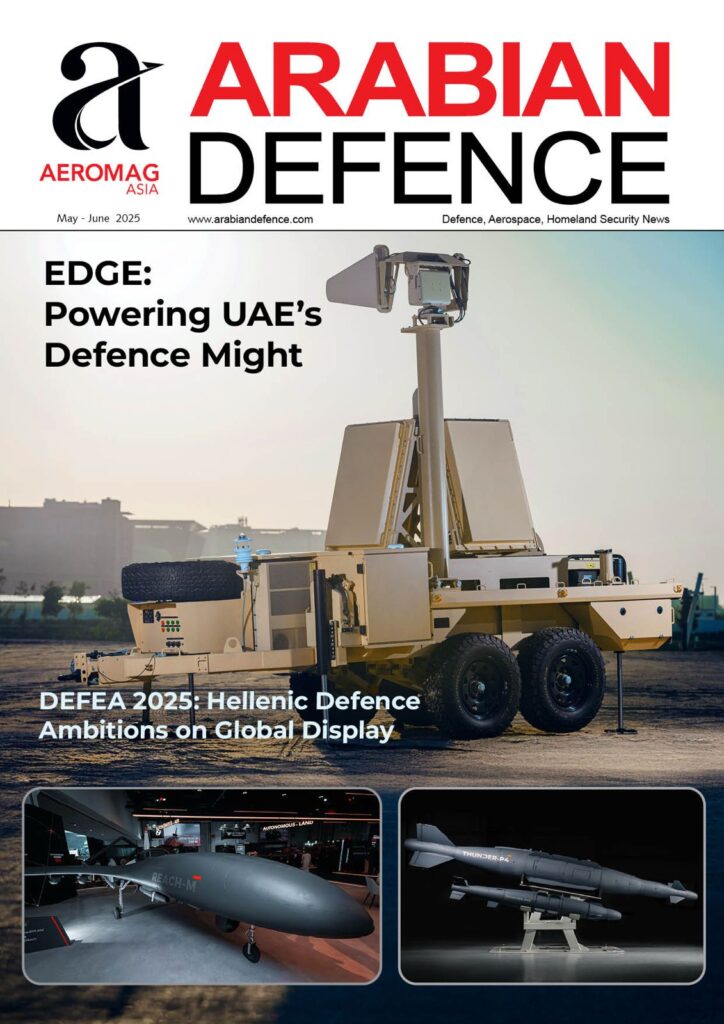
Riyadh: The General Authority of Civil Aviation (GACA) and King Abdulaziz City for Science and Technology (KACST) signed a memorandum of understanding to establish a joint centre for research and development in the field of air transport safety with the aim of enhancing the scope of cooperation in the field of research and development.
The memorandum was signed by His Excellency the President of GACA, Mr. Abdulaziz bin Abdullah Al-Duailej, and on behalf of KACST, by His Excellency Dr. Munir bin Mahmoud Al-Desouki, at GACA’s headquarters in Saudi Arabia’s capital Riyadh.
Also read: GACA President Reviews Progress Of Work On New Al-Jouf Airport Project
This comes within the objectives of the civil aviation sector strategy to enhance the scope of cooperation in the field of research and development, which GACA is keen to activate with governmental and non-governmental bodies and institutions specializing in advanced technical fields. All in order to keep pace with the latest developments in the field of research and development, in line with the Kingdom’s Vision 2030.
The memorandum aims to contribute in supporting aircraft manufacturing and design, drawing a roadmap to support research, development and innovation in the field of air transport safety, both manned and unmanned. Furthermore, to achieve sustainability in supporting the requirements of research, development and innovation activities in the field of air transport safety for manned and unmanned systems, and increasing local content and reach self-sufficiency.
Also read: Saudi Arabia Chairs Meeting Of Aviation Security Experts Group
The memorandum includes a number of different technical areas to benefit from the city’s services and products in related technology and initiatives that can be applied under each field.
This includes: strengthening the infrastructure capabilities and work on developing technical capabilities to support research, development and innovation in the field of air transport safety. Further, developing channels to link between the output of research, development and innovation, manufacturing and marketing objectives of aviation systems, which aim to achieve end-user requirements.
This in addition to building capabilities to develop the regulation of unmanned aerial vehicles, including examining their technology, developing concepts, and managing their movement.






